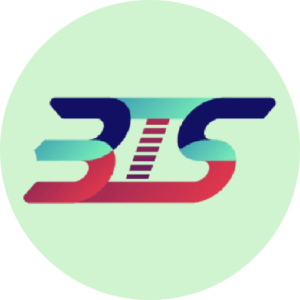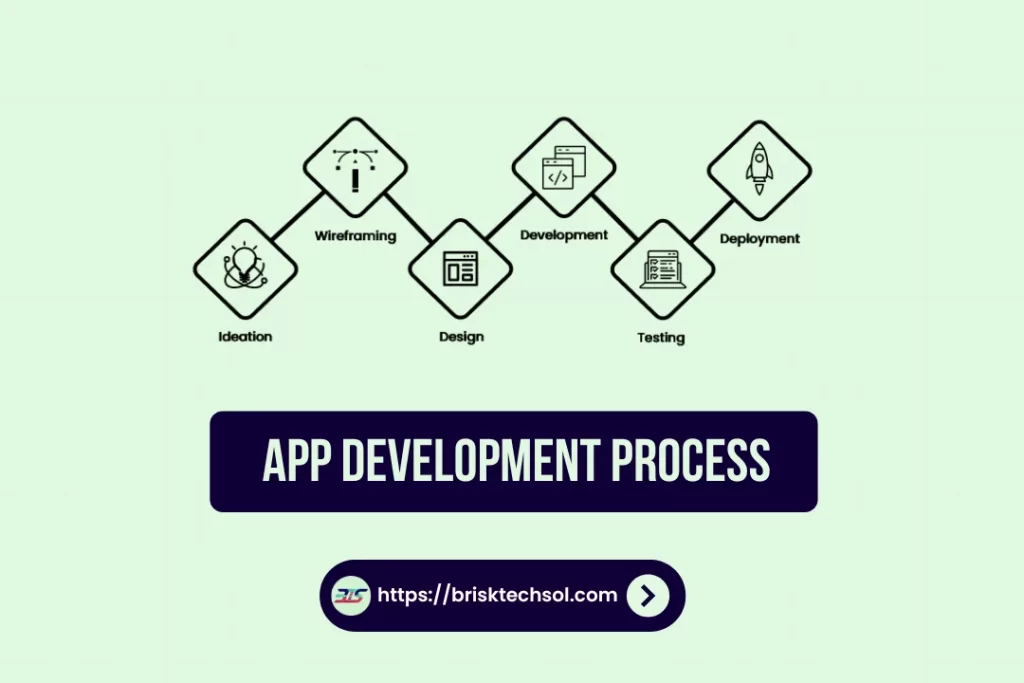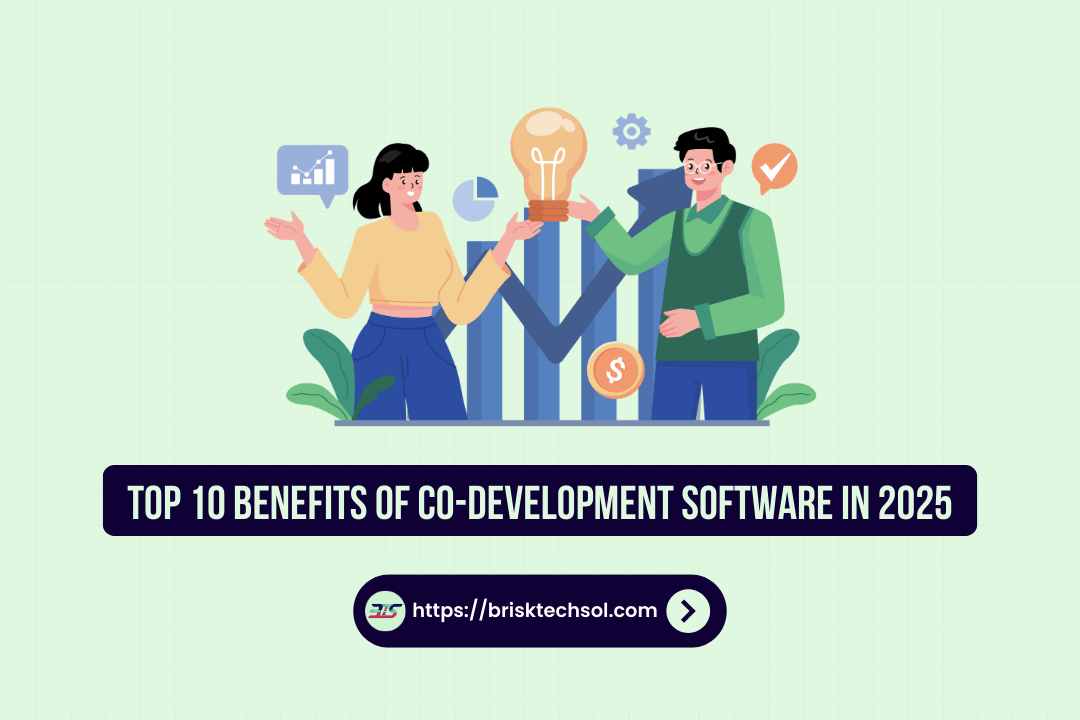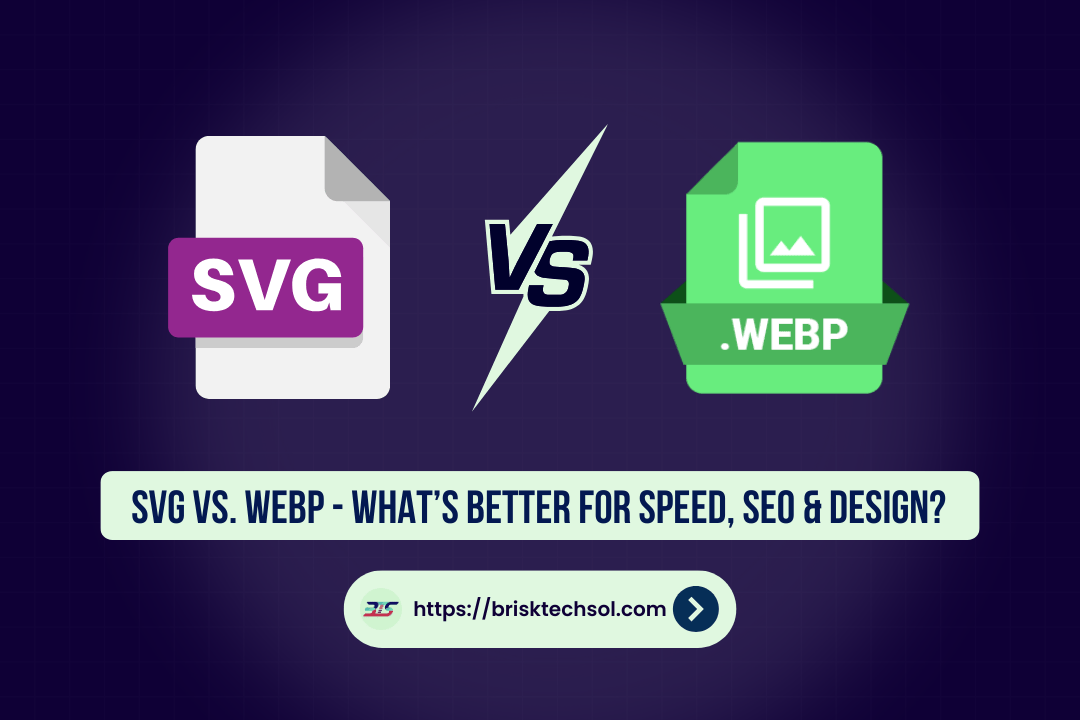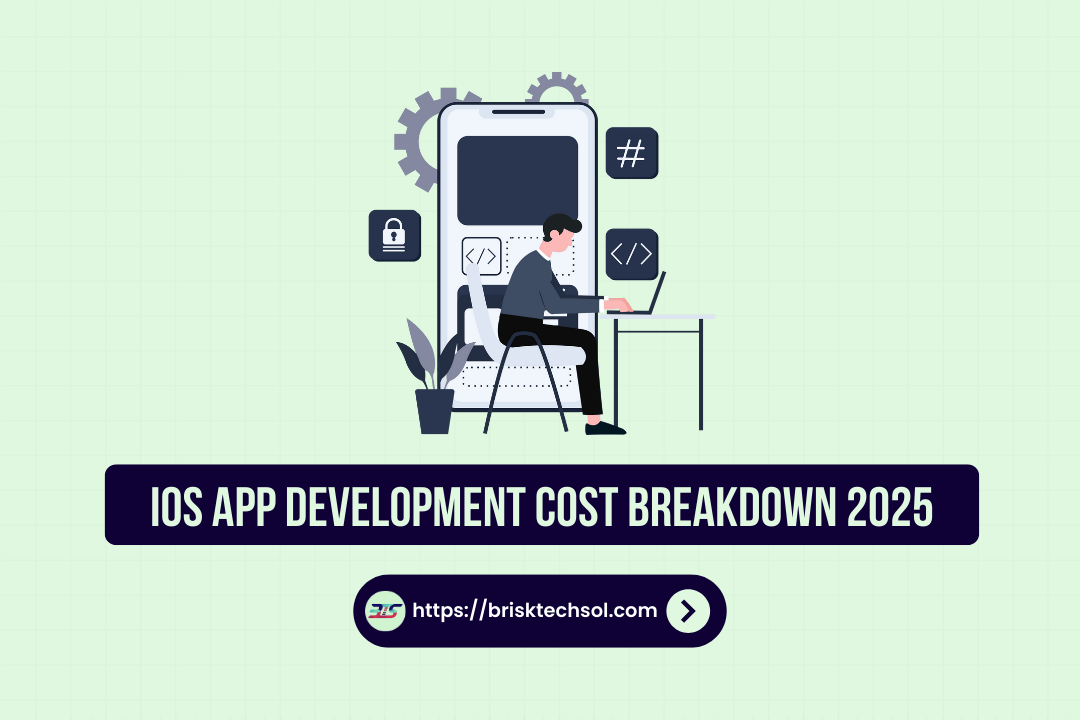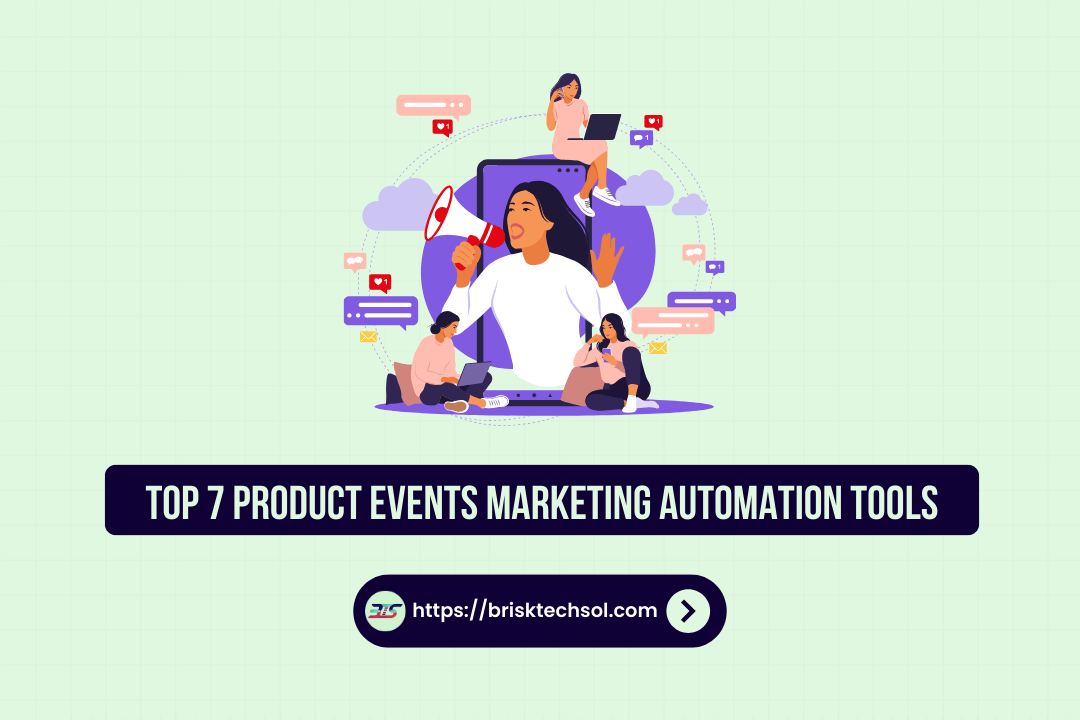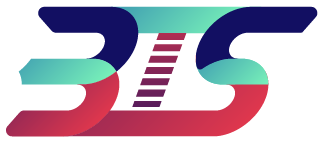Building an application may seem overwhelming, but breaking it into clear, manageable steps simplifies the process. This guide covers everything from understanding user needs to post-launch maintenance, ensuring your app is user-friendly, functional, and ready for success.
Understanding User Requirements
The foundation of any successful application lies in understanding its users. Start by identifying the problem your app will solve and the audience it will serve. This involves:
- Conducting Market Research: Analyze competitors and study their strengths and weaknesses.
- Collecting User Feedback: Use surveys or focus groups to understand your target audience’s pain points.
- Defining Objectives: Establish clear goals for your app, such as increasing productivity or enhancing user engagement.
Example: A food delivery app may discover through research that users want real-time order tracking and diverse payment options.
For more insights on conducting user research, check out this comprehensive guide to app development frameworks.
Planning and Ideation
Once you understand your users, it’s time to plan your app’s features and functionality.
- Create a Features List: Prioritize features that align with user needs. For instance, a fitness app might focus on workout tracking, calorie counting, and integration with wearables.
- Develop a Roadmap: Use tools like Gantt charts to organize tasks and set deadlines.
- Choose a Development Methodology: Decide between Agile (flexible and iterative) or Waterfall (linear and structured).
Having a clear plan helps streamline the development process, ensuring that all stakeholders are on the same page.
Types of Applications
Choosing the right type of application is critical to meeting user needs and budget constraints.
1. Native Apps: Built specifically for iOS or Android using Swift or Kotlin. These apps offer high performance and access to device-specific features. Example: Instagram.
2. Web Apps: Accessed via web browsers without needing downloads. They are cost-effective but lack offline functionality. Example: Google Docs.
3. Hybrid Apps: Combine the best of native and web apps. Built using frameworks like React Native, they are faster to develop and work across platforms. Example: Uber.
Budget Planning
Understanding and managing app development costs can prevent budget overruns.
- Design Costs: Wireframing and UI/UX design typically cost $5,000–$15,000.
- Development Costs: Depending on complexity, coding can range from $10,000–$100,000.
- Testing Costs: Functional and performance testing may add $1,000–$10,000.
- Marketing Costs: Expect to spend $1,000–$5,000 on promotions for your app launch.
Pro Tip
Designing the Application
Design is critical for an app’s usability and appeal. This stage involves creating wireframes and prototypes to visualize your app’s layout and functionality.
Key Steps in Design:
- Wireframing: Tools like Figma or Adobe XD can help you draft app layouts.
- UI/UX Design: Focus on an intuitive interface and smooth user experience. Follow established UI/UX principles for app design.
- Prototyping: Create clickable prototypes to simulate user interactions.
Case Study: A shopping app redesigned its interface, reducing cart abandonment rates by 25% due to improved usability.
Development
Development is where your app takes shape. This stage involves coding the frontend (user-facing part) and backend (server-side operations).
Frontend Development
- Programming languages: Swift for iOS, Kotlin for Android, or React for cross-platform apps.
- Tools: Frameworks like Flutter or React Native ensure faster development.
Backend Development
- Databases and APIs: These ensure seamless data storage and retrieval.
- Hosting platforms: Use cloud services like AWS or Google Cloud for scalability.
Table of Popular Frameworks:
| Framework | Ideal For | Key Features |
|---|---|---|
| React Native | Cross-platform apps | Reusable codebase, high speed |
| Flutter | High-performance apps | Hot reload, native feel |
| Django | Backend development | Robust and secure framework |
For more on backend tools, explore popular app development frameworks.
Testing
Testing ensures your app functions as intended before release. This phase involves:
- Functional Testing: Verifies that features work as expected.
- Performance Testing: Assesses the app’s speed and responsiveness.
- Usability Testing: Evaluates the app’s user experience.
Tools to Use: Selenium for automation, Appium for mobile testing.
Regular testing minimizes bugs, ensuring a smoother launch.
Deployment
Deployment involves submitting your app to app stores and making it available for download.
Key Steps:
- Prepare your app for the platform (iOS or Android).
- Follow platform guidelines to avoid rejection.
- Market your app to attract users post-launch.
Learn more about the App Store approval process.
Legal Considerations in App Development
Neglecting legal compliance can lead to penalties or app removal from stores.
- Privacy Policies: Clearly state how user data will be collected, stored, and used to comply with GDPR or CCPA regulations.
- App Store Guidelines: Follow submission rules for Apple App Store or Google Play Store to avoid rejections.
- Intellectual Property: Protect your app’s code, design, and branding with copyrights and trademarks.
Consult with legal experts to ensure compliance with regional laws.
Key Metrics to Track Post Launch
Monitoring key performance metrics ensures your app meets user expectations and stays competitive.
- Retention Rate: Measures the percentage of users who return after the initial use.
- Daily Active Users (DAUs): Tracks the number of unique users engaging daily.
- Crash Analytics: Identifies and resolves app stability issues.
- Average Session Duration: Indicates how long users stay engaged.
Tools like Google Analytics or Flurry provide detailed insights into these metrics.
Post Launch Maintenance
Releasing an app is only the beginning. Regular updates, bug fixes, and user feedback are vital for its success.
Activities Include:
- Monitoring app performance using analytics tools.
- Fixing bugs promptly.
- Adding features based on user feedback.
A commitment to ongoing maintenance ensures your app stays relevant and functional over time.
Benefits of Following a Structured Process
Adhering to a structured development process offers several advantages:
- Cost Efficiency: Prevents expensive errors by planning ahead.
- Faster Time-to-Market: Streamlines workflows, speeding up development.
- Enhanced User Experience: Ensures the app is both functional and user-friendly.
Key Takeaways
FAQs
What are the main stages of building an application?
The stages include research, planning, design, development, testing, deployment, and maintenance.
What tools are needed to create an app?
Tools like Figma for design, React Native for coding, and Appium for testing are essential.
How long does it take to develop an application?
Development time varies but typically ranges from 4 to 12 months.
What is the cost of building a mobile app?
Costs range from $10,000 to over $100,000, depending on complexity and features.
Can I build an app without coding knowledge?
Yes, platforms like AppGyver and Adalo allow no-code app development.

